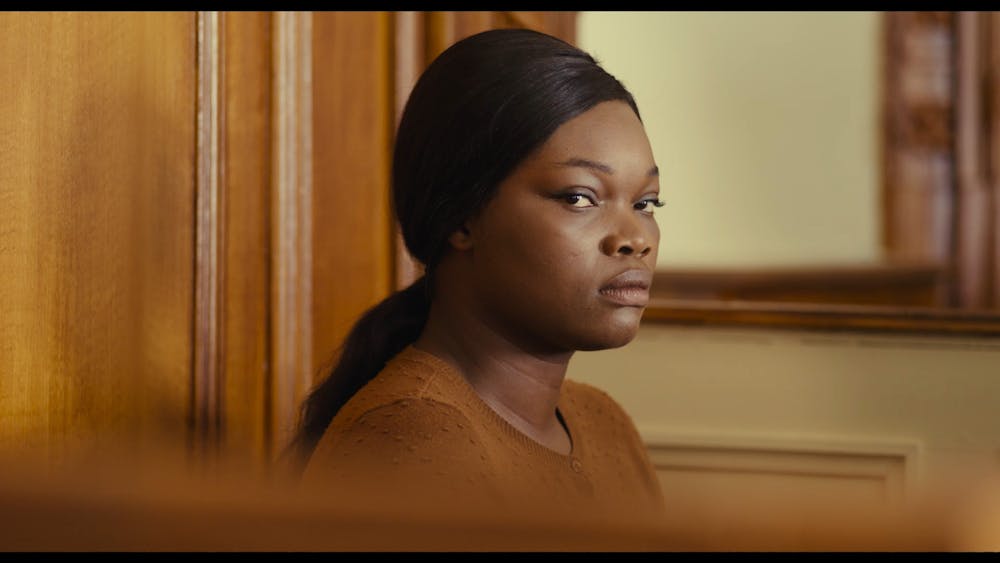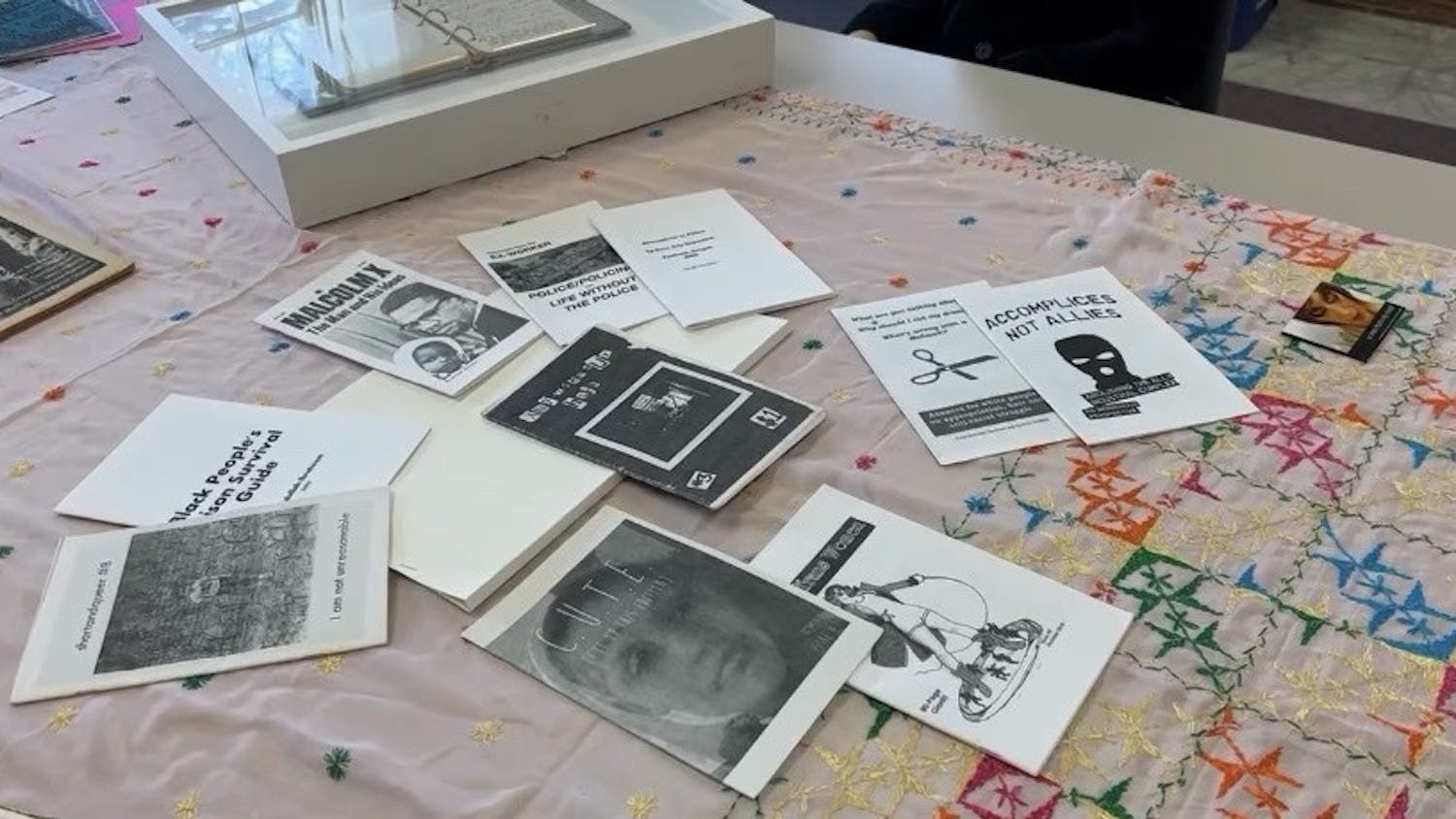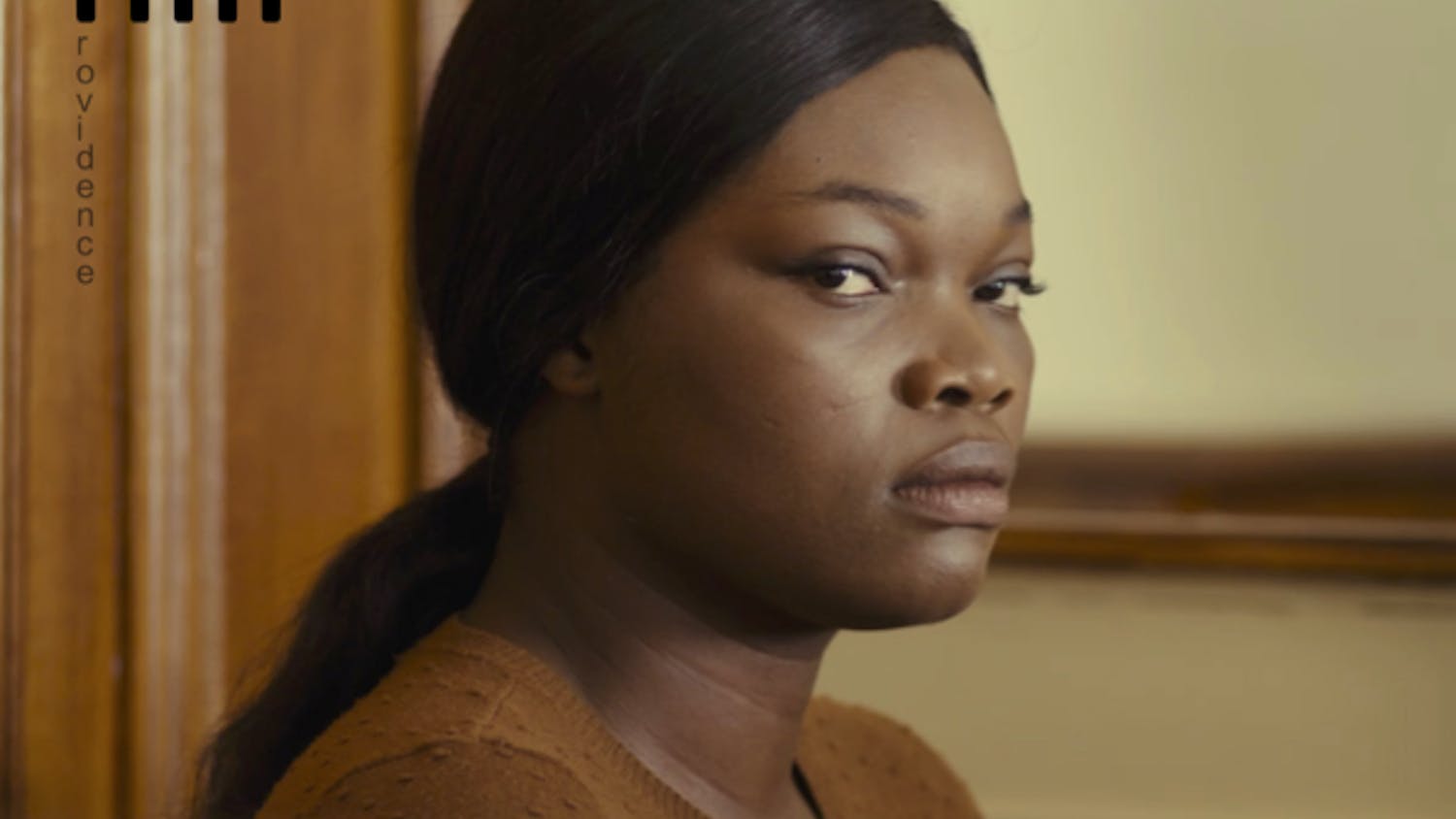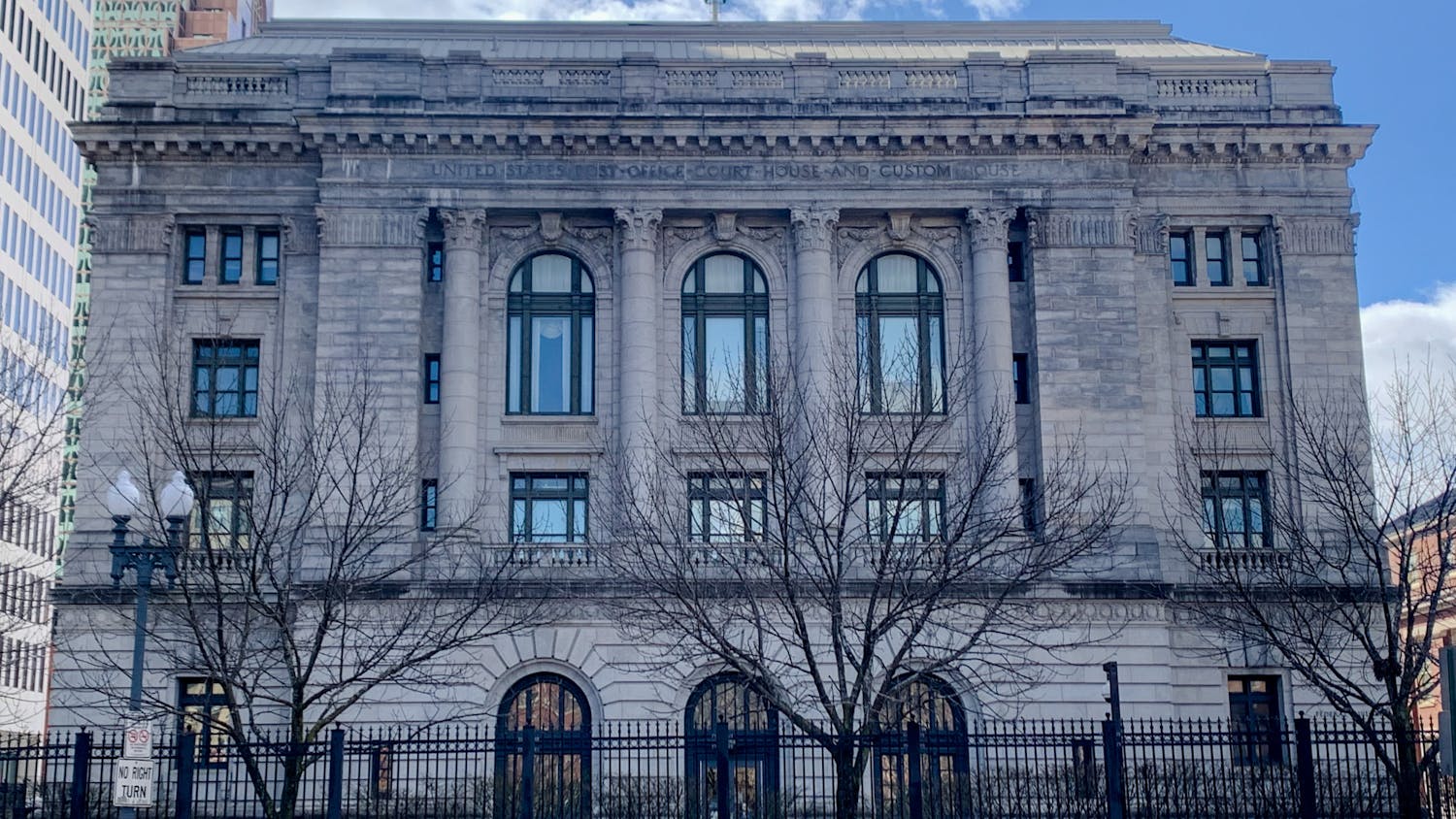It was 2013 when Fabienne Kabou, a Senegalese immigrant in France, abandoned her 15-month-old daughter on the shores of Berck-sur-Mer, leaving her to drown as the tide rolled in. The child had been raised in secret — unregistered and absent from any state record.
Alice Diop’s acclaimed 2022 drama “Saint Omer'' draws inspiration from the 2016 court case in which Kabou was tried for the murder of her young daughter. Drawing from her experience attending Kabou’s trial in the town of Saint-Omer, France, Diop’s debut feature-length film crafts a moving tale of motherhood, identity and interpersonal connection.
The film’s opening shot tracks a shadowy figure, back turned to the camera, walking along a beach. Waves echo in the background, the darkness concealing all identifiable traits of Laurence Coly (Guslagie Malanda), the film’s infanticidal mother. The catalyst of the plot — the abandonment of a child — is never shown on screen.
Cut to the following scene, a drastic departure in which Rama (Kayije Kagame), the film’s protagonist, teaches a class of university students. A professor of literature and acclaimed writer, Rama lectures on the power of language and its ability to transform lived realities — a lesson manifested through the film’s form. Language, the primary means through which the story is told, is used to craft vibrant pictures of scenes that are not visually shown.
Rama identifies creative potential in Coly’s trial, an event she can use as inspiration for her upcoming book. She travels to Saint-Omer, leaving behind her boyfriend and family, to observe the event. But as the trial progresses, Rama increasingly begins to see parts of herself in Coly. Both of the women are academics, Rama a professor and Coly a graduate student in philosophy. They were also both born to Senegalese mothers and maintain complicated relationships with their families. But what makes the trial particularly intense and personal for Rama is the fact that she will soon have a child herself, being four months pregnant.
One of the film’s most powerful moments comes at the beginning of the trial. Despite having already pleaded guilty, Coly is brought into the courtroom in handcuffs. She accepts the alleged facts of the case when presented them by the judge. What remains unclear, though, are her motivations for infanticide. When asked by the judge why she killed her daughter, Coly responds, “I don't know. I hope this trial will give me the answer.”
In punchy moments of dialogue like these, the film presents the courtroom as an arbiter of knowledge. And the trial serves as a site of performance through which truth is produced. For example, Coly’s claims that her actions were influenced by the presence of “phantoms” or “evil spirits” is rebuked by the court for their implausibility. In matters like these, the court possesses the final say over what constitutes a reasonable cause and what does not.
“Saint Omer’s” filming reinforces the idea of the court as a site of endmost order through a focus on the courtroom’s physical layout, reflecting the accordance between content and form. The film’s cinematography emphasizes the physical layout of the courtroom to enforce an established order, made stronger when considering the power discrepancies between those who inhabit it. Laurence sits in a box towards one side of the room. Her lawyer sits on a bench in front of her, physically intercepting the prosecution’s line of vision. The judges sit on an elevated bench at the front of the room, a commanding presence that has the ultimate say in the trial. Rama, alongside the other spectators, sits towards the back of the room, barred from the action by a wooden gate.
Beyond the attention paid to the courtroom, Diop utilizes the aesthetics of slow cinema to contribute a sense of intensity to the film. The shots, often extremely long in duration, present the courtroom and its occupants with immense care and attention. Sharp, unadorned clips of the protagonists’ faces contribute to a tangible complexity. Through this cinematography, which is the work of Claire Mathon, the audience is able to get a sense of both Coly and Rama’s inner thoughts and emotions.
At various intervals throughout the film, Mathon’s crisp cinematography is swapped out for grainy VHS tape footage of Rama as a child. These recordings add a degree of stylistic diversity to “Saint Omer” and masterfully put the present in conversation with Rama’s past. The clips are ambiguous, intercut sporadically with little context as to what is being shown in them. These fuzzy recollections harp on the experiences of young Rama and the origins of the difficult relationship she has maintained with her mother to provide a new context through which Rama’s character can be better understood.
“Saint Omer” is a tour de force. Through the careful attention Diop pays to filmmaking, Coly is humanized within a context where she would otherwise be made out as an unredeemable villain. Rife with complexities, the film provokes no easy interpretation — which is exactly what makes it so great.





